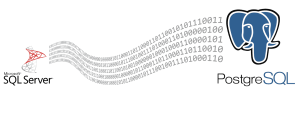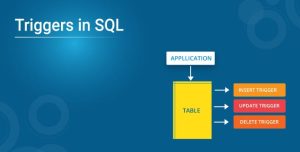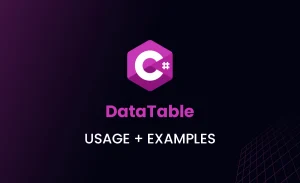Understanding SQL Server String Data Types: Choosing the Right Type for Textual Data
Table of Contents
- Overview of SQL Server String Data Types
- Detailed Explanation of SQL Server String Data Types
- Choosing the Right String Data Type for Your Needs
- Conclusion
Overview of SQL Server String Data Types
SQL Server offers a variety of string data types, each designed to handle different storage and performance needs:
- CHAR
- VARCHAR
- NCHAR
- NVARCHAR
- TEXT
- NTEXT
Each type has specific characteristics, and selecting the right one depends on factors like string length, storage efficiency, and Unicode support.
Detailed Explanation of SQL Server String Data Types
1. CHAR
Purpose: Stores fixed-length, non-Unicode characters.
Range: 1 to 8,000 characters
Storage Size: 1 byte per character
Use Case: Ideal for data with consistent length, such as codes or IDs.
2. VARCHAR
Purpose: Stores variable-length, non-Unicode characters.
Range: 1 to 8,000 characters, or up to 2 GB with VARCHAR(MAX)
Storage Size: 1 byte per character (plus 2 bytes for length)
Use Case: Suitable for strings with variable lengths, like names or descriptions.
3. NCHAR
Purpose: Stores fixed-length, Unicode characters.
Range: 1 to 4,000 characters
Storage Size: 2 bytes per character
Use Case: Useful for fixed-length text that requires Unicode support, like multi-language codes.
4. NVARCHAR
Purpose: Stores variable-length, Unicode characters.
Range: 1 to 4,000 characters, or up to 2 GB with NVARCHAR(MAX)
Storage Size: 2 bytes per character (plus 2 bytes for length)
Use Case: The most flexible choice for variable-length Unicode text, ideal for multilingual data.
5. TEXT
Purpose: Stores large, variable-length, non-Unicode text.
Range: Up to 2 GB of data
Storage Size: 1 byte per character
Note: Deprecated in favor of VARCHAR(MAX) and should be avoided in new applications.
Use Case: Previously used for large text data, but VARCHAR(MAX) is now preferred.
6. NTEXT
Purpose: Stores large, variable-length, Unicode text.
Range: Up to 1 GB of data
Storage Size: 2 bytes per character
Note: Deprecated in favor of NVARCHAR(MAX) and should be avoided in new applications.
Use Case: Previously used for large Unicode text data, now NVARCHAR(MAX) is recommended.
Choosing the Right String Data Type for Your Needs
To select the correct string data type, consider factors like text length, need for Unicode support, and fixed vs. variable length:
- CHAR: Use for fixed-length, non-Unicode text like status codes or fixed IDs.
- VARCHAR: For variable-length, non-Unicode data like names or descriptions, especially if large.
- NCHAR: Ideal for fixed-length text that requires Unicode support.
- NVARCHAR: Best for variable-length, Unicode text, especially if supporting multiple languages.
- VARCHAR(MAX): Recommended for large, variable-length, non-Unicode text.
- NVARCHAR(MAX): Use for large, variable-length, Unicode text.
- TEXT and NTEXT: Avoid in new projects; use VARCHAR(MAX) or NVARCHAR(MAX) instead.
Comparison of SQL Server String Data Types
| Data Type | Length Range | Unicode Support | Storage Size |
|---|---|---|---|
| CHAR | 1 to 8,000 | No | 1 byte per character |
| VARCHAR | 1 to 8,000 or up to 2 GB (VARCHAR(MAX)) | No | 1 byte per character + 2 bytes |
| NCHAR | 1 to 4,000 | Yes | 2 bytes per character |
| NVARCHAR | 1 to 4,000 or up to 2 GB (NVARCHAR(MAX)) | Yes | 2 bytes per character + 2 bytes |
| TEXT | Up to 2 GB | No | 1 byte per character |
| NTEXT | Up to 1 GB | Yes | 2 bytes per character |
Conclusion
Understanding SQL Server string data types can help optimize database storage and improve performance. Carefully select the appropriate type based on text length, Unicode requirements, and storage considerations to ensure efficient database management.



